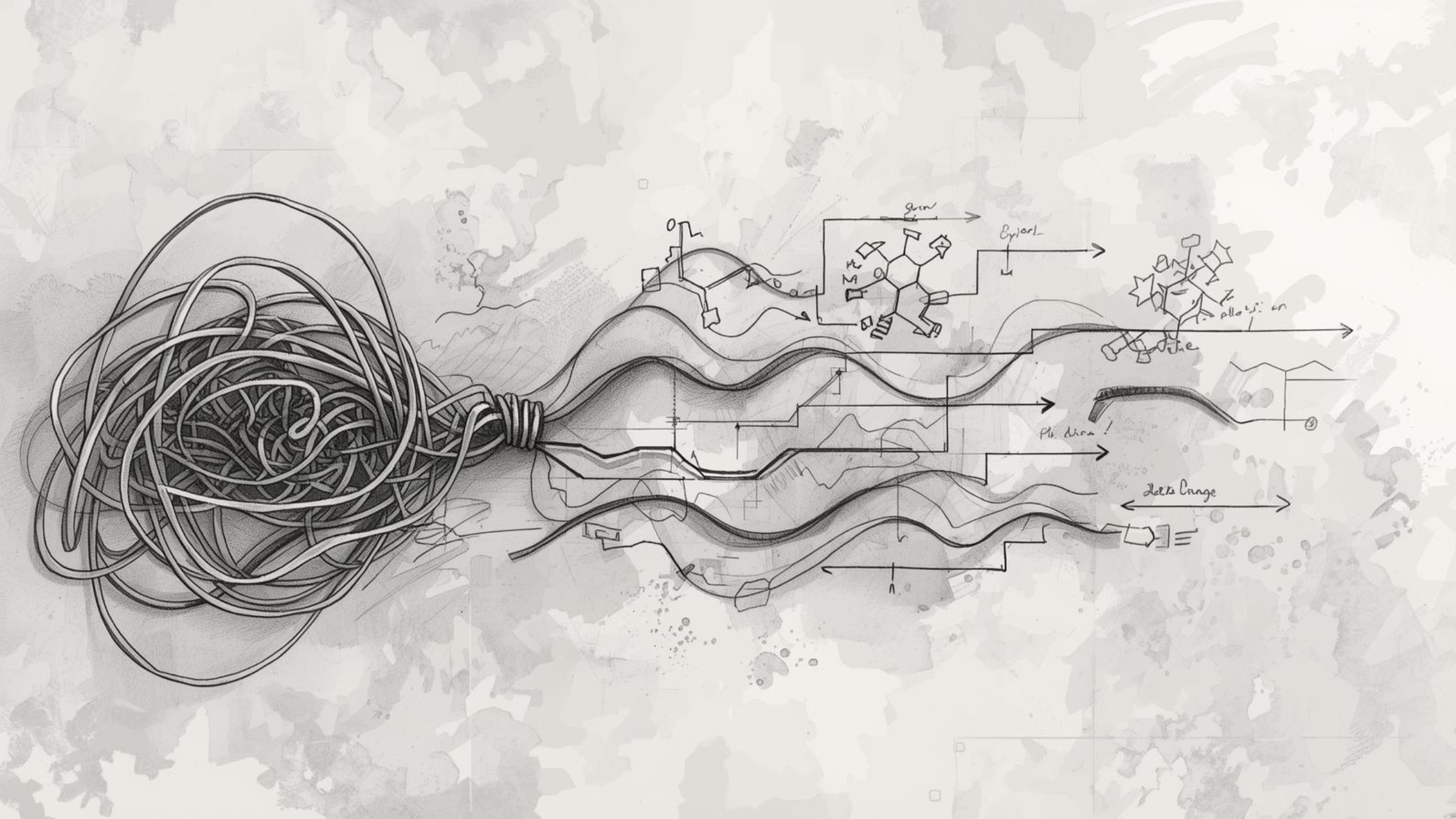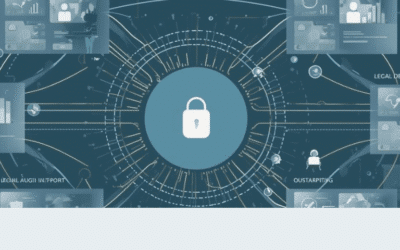
SAKET BIVALKAR
Saket’s focus is on helping organisations to become flexible and adaptive, while emphasising that people in the organisation grow as well. His experience includes working with a range of organisations from large, complex global enterprises to small entrepreneurial start-ups.
Cultural misalignment, leadership gaps, and behavioural disconnects is what makes about 70% of integrations fail.
Chapter 4: Cultural Assessment
Introduction
This chapter provides a structured approach to assessing culture as part of the organisational due diligence process. It offers guidance on understanding organisational culture, evaluating alignment with strategic objectives, assessing employee experience, analysing communication styles, and conducting leadership evaluations.
4.1 Understanding the Organisational Culture
To understand a company’s culture, we begin with identifying its formal cultural statements—vision, mission, and core values. These are gathered through official documents, internal communication, and public materials.
However, organisational culture is most vividly expressed in the practices and behaviours embedded in daily operations. Therefore, we complement our document review with:
- Employee interviews across hierarchy levels
- Behavioural observations in meetings and daily routines
- Shadowing sessions and informal discussions
We then contrast espoused values with lived values to reveal cultural gaps or misalignments.
✅ Deliverable: Cultural Inventory outlining shared assumptions, behavioural norms, and observed values in each organisation.
4.2 Cultural Alignment with Strategic Objectives
Cultural misalignment with strategy is one of the most common reasons for post-merger underperformance. This section focuses on determining whether the current culture supports or hinders strategic priorities.
We start by reviewing the strategic objectives set over the past 5 years in both entities. Then, we analyse:
- Historical patterns of behavioural alignment with strategic goals
- Initiatives (if any) to shape or evolve cultural behaviours to support strategy
- Leadership narratives and language used in strategy rollouts
Where misalignment exists, we assess the inertia of legacy culture and the effort required to evolve it. This helps in identifying cultural risk and readiness.
✅ Checklist:
- Is the organisation strategy well understood across levels?
- Do people behaviours reinforce or resist these strategic goals?
- Are there formal programs or rituals reinforcing aligned behaviours?
✅ Deliverable: Culture-Strategy Fit Matrix and Readiness Score.
4.3 Employee Experience
In the context of transformation or M&A, assessing employee experience (EX) provides a deeper, more actionable insight than traditional engagement metrics. EX captures how people feel, act, and perceive their journey across touchpoints.
How to Assess Employee Experience
- Map the Employee Lifecycle
- Recruitment & onboarding
- Day-to-day routines and team collaboration
- Learning and growth
- Recognition and feedback
- Career development
- Exit or transition
- Capture Moments That Matter
- Use ethnographic interviews, quick pulse surveys, and digital listening tools to gather stories, fears, rituals, and routines.
- Understand what builds trust or triggers uncertainty.
- Evaluate EX Infrastructure
- Assess digital tools, hybrid work models, people analytics, and physical work environments.
- Explore how frictionless or enabling the systems are.
- Compare Cultural Personas
- Create experience profiles for different employee types (e.g., HQ staff, field, digital native, middle managers).
- Highlight expectation mismatches and areas of emotional alignment or tension.
✅ Deliverables:
- Employee Journey Map
- EX Diagnostic Heatmap
- Persona Alignment Matrix
✅ Risks Identified:
- Hidden disengagement or distrust
- Resistance to change embedded in micro-moments
- Loss of informal cultural rituals
4.4 Communication Channels and Styles
This step evaluates how effectively communication flows in the merging organisations and whether the style and structure of communication aligns with desired cultural values.
We assess:
- Channels (email, all-hands, Slack, manager cascades)
- Informal networks (who influences opinion without formal authority)
- Communication cadence (frequency and responsiveness)
- Tone and openness (hierarchical vs. collaborative)
We use:
- Communication mapping tools
- Perception surveys (clarity, timeliness, transparency)
- Historical reviews of change communication campaigns
✅ Deliverable: Communication Culture Map
✅ Key Questions:
- Are employees informed or surprised by decisions?
- Is leadership visible and transparent?
- Are formal and informal channels reinforcing trust?
4.5 Leadership Assessment
Leadership is a key amplifier of cultural values. This section involves evaluating the leadership bench strength and alignment with future direction.
We assess:
- Leadership style and decision-making habits
- Visibility and accessibility of leaders
- Trust and credibility among teams
- Readiness to lead cultural and operational transitions
Tools used:
- 360° feedback
- Leader persona archetypes
- Alignment mapping to strategy and culture
✅ Deliverables:
- Leadership Risk & Opportunity Report
- Succession & Development Plan (if gaps identified)
Conclusion
Culture is not the soft side of due diligence—it is the silent driver of success or failure in any organisational transformation. While financials, operations, and strategy may define the deal, culture defines the reality of execution.
This chapter has outlined a robust and actionable approach to cultural due diligence, moving beyond superficial value statements to uncover the deeper truths about how people think, work, and lead. By examining the alignment between culture and strategy, understanding the lived employee experience, and evaluating leadership and communication, acquirers can anticipate and mitigate the cultural frictions that often derail post-merger performance.
More importantly, cultural due diligence offers an opportunity—not just to reduce risk, but to design a cultural blueprint for the future organisation. When done thoughtfully, it can help preserve the strengths of each entity while intentionally evolving toward a shared identity that supports growth, innovation, and resilience.
In the next chapter, we turn our focus to Organisational Design and Operating Model Integration, where structure and decision-rights are aligned with the strategic and cultural insights uncovered here.
88% of Organisational Transformations Fail
Only 12% of organisational transformations succeed. Learn why 88% Organisational Transformations fail and how to design change that sticks in strategy, leadership and culture.
Why Auditable, Human-Governed AI Agents Matter Now
Learn why AI agents must be auditable and governed. Discover how leading enterprises are evolving their operating models for AI at scale.
Importance of Managing the Change and Also Leading It
Current business environment demands we manage and lead the change. Learn how Versatile Consulting supports its clients with Whole-Scale Change methodology. It combines rigorous management, shared vision, and real-time leadership to drive sustainable transformation.





